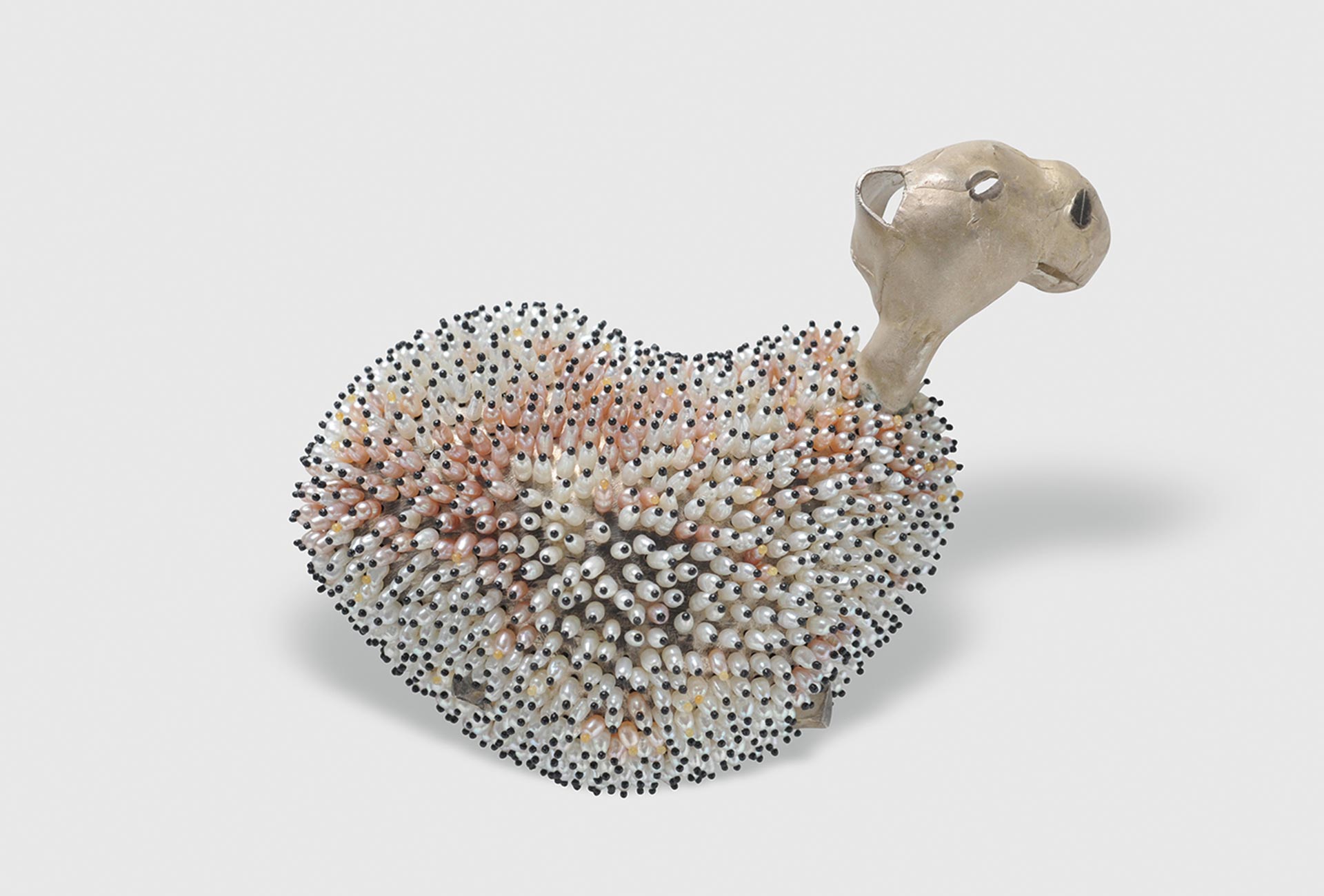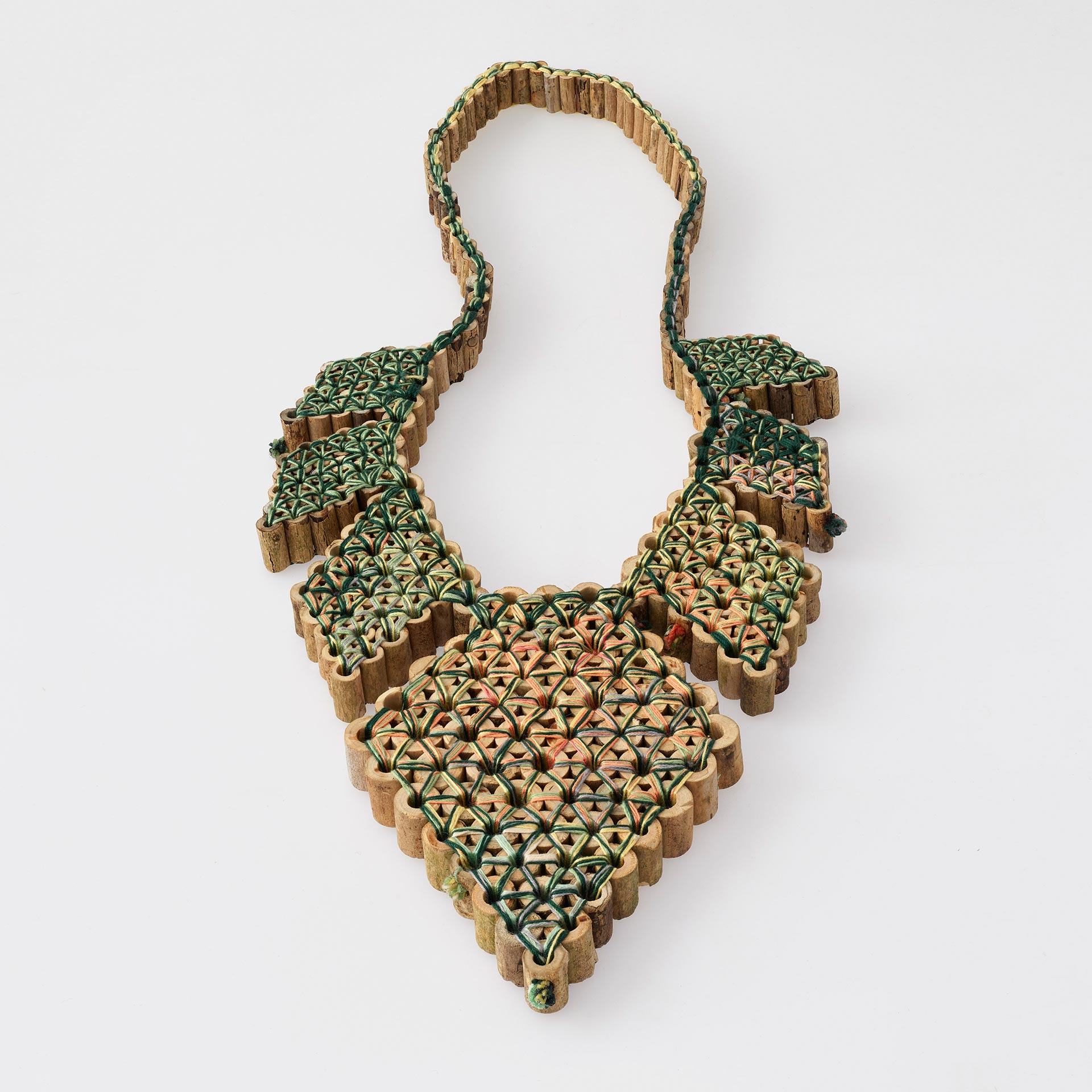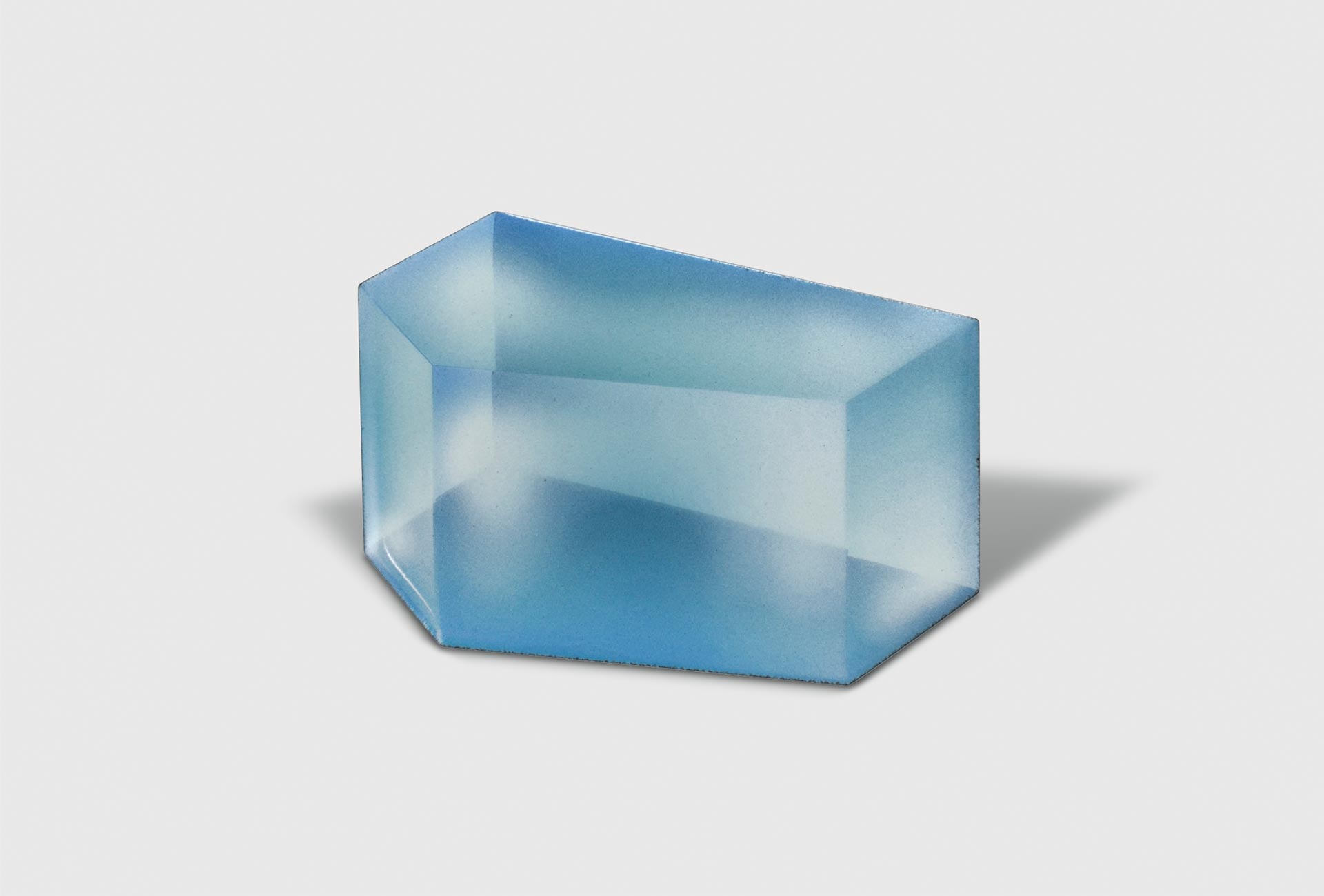Within in the context of Ornamenta Lust [Pleasure] and concurrent with Ornamenta 2024 in Pforzheim and the Northern Black Forest region, Pforzheim’s Jewelry Museum hosts several participative activities in dialogue with its Historical and Modern collections. It showcases individual positions of contemporary jewelry artists and students, as well as all those who are interested, and gives them an opportunity to participate in discussions and to share creative ideas.
Hand-selected – by Sam Tho Duong
In the Modern Collection area, the internationally esteemed jewelry artist Sam Tho Duong, who lives in Pforzheim, showcases his own work in dialogue with objects created by ten jewelry designer friends of his, as well as some of the museum’s collection. Sam Tho Duong’s comment about how he selected the artists: »I allowed myself to be guided by the feelings their jewellery evoked in me. I was fascinated greatly by these jewellery artists at least during one of their creative periods. The pieces were created from different materials and in some cases using quite unusual techniques. The focus is on materials that are unconventional for jewelry and values are questioned«.
In addition to dealing with transience and permanence, jewelry is about expressing beauty or celebrating life, wearing it as a talisman for protection or criticism. For some artists, the focus is on combining the analogue and the digital. The artists selected by Sam Tho Duong are listed below:
Lifu Zhou (*1994 in China, lives in Pforzheim) makes use of Generative Adversarial Networks (GAN) and connects the virtual and physical worlds in this way. His aim is to fulfil the need for individuality even in a postmodern society. With the help of machine learning, he experiments with a variety of images of minerals and corals and uses 3D printing to turn them into brooches in unexpectedly vibrant colours.
Mirjam Hiller (*1974 in Stuttgart) first ‘constructs’ the three-dimensional form in her mind before translating it into a two-dimensional blueprint on a colour-coated sheet of metal. After sawing this out she creates a sculptural form by forging and bending: ‘A certain duality dominates my work. On the one hand, I follow an exact plan, just as nature has to follow certain rules; on the other hand, these rules and restrictions always give rise to unexpected possibilities and freedoms. The working process is an inspiration and opens new doors,’ explains Hiller. To Miriam Hiller’s jewelry
Silke Spitzer (*1973 in southern Germany) focuses on the protective function of jewelry. She focuses on the obvious and simple means, on materials, colors and shapes in her surroundings. This can be Brandenburg elderberry or a branch fork, antlers, veneer, cardboard, paper, cork or plastic. The result is chains or protective shields – talismans and ‘peaceful armour’.
The shades and color gradients of the enamel paintings by Christoph Straube (*1971 in Munich) look like three-dimensional bodies and create the illusion of three-dimensionality. Their size and transparency give them a voluminous appearance and create a space that exists only in the imagination.
Coated camera lenses are the starting point for ‘Holon’, the latest works by Jiro Kamata (*1978 in Japan, lives in Munich). The interplay of concave and convex lenses in different colors creates three-dimensional hologram effects with changing patterns. In this way, reality is reflected in necklaces and brooches – or, as Kamata puts it, can change the viewer’s perception.
For Alexander Blank (*1975 in Büdingen), making jewelry means thinking about people, exploring perspectives beyond the traditional and telling stories. His Memento Juniori pendants, made from hand-carved hard foam, silver and cotton, make it clear that he likes to be whisked away into fantasy worlds and that curiosity about the unknown has an inspiring effect. (See portrait in Art Aurea 53, Autumn 2023)
In her series Plastic Animals, Helen Britton (*1966 in Australia, lives in Munich) has taken up the history of the casein plastic Galalith, which was used to make buttons at the beginning of the 20th century. However, millions of litres of New Zealand milk were imported to Germany for this purpose. This made Britton think about animals and how we treat them, about their shapes and what characterizes them. A galalith that had been lying in a box in her home for years was the deciding factor in turning the casein plastic into beautiful animals.
David Bielander (*1968 in Basel, lives in Munich) has also been working in the same studio as Helen Britton since 2002. His jewelry often contains surprising moments that make you think. He is interested in visualizing the complexity inherent in things, depending on how they are viewed. This also includes the works in the Corrugated cardboard series exhibited here. Although they look like corrugated cardboard, they are made of gold and silver, whether bracelet or watch, crown or crucifix.
Daniel Kruger’s (*1951 in Cape Town, lives in Munich) jewelry is inspired by natural forms and artefacts of all kinds, whether historical or contemporary. The spectrum of his works ranges from organic to geometric and is characterized by special structures, patterns or colours. Kruger likes symmetry and often creates pieces in pairs. For him, the craftsmanship is part of the creative process. He himself says of his work: “The jewelry I make should beautify a person, it should be a celebration.” (See portrait in Art Aurea issue 36).
In conclusion, Paul Derrez’s (*1950 in the Netherlands) pieces, which are often made in silver with acrylic and in series production, are described in his own words: “My jewelry regularly has a playful, ironic or critical twist that is intended to celebrate life.”
- —
-
Schmuckmuseum Pforzheim
Jahnstraße 42
75173 Pforzheim - Link




